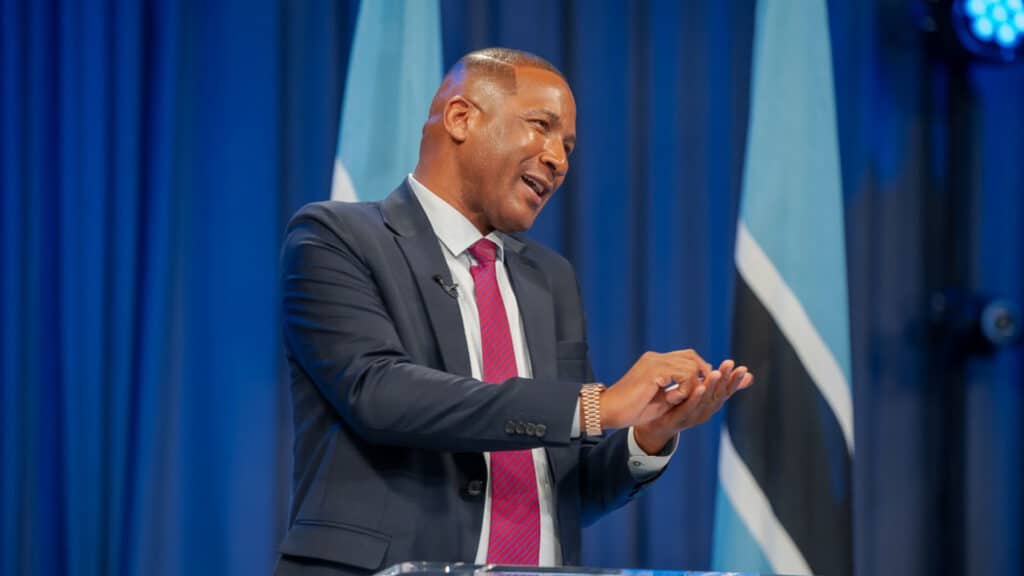New York City voters have elected Zohran Kwame Mamdani as the city’s next mayor, capping a populist campaign that flipped four of the five boroughs and defeated rivals Andrew Cuomo (Independent) and Curtis Sliwa (Republican).
Major outlets called the race on the night of November 4, 2025, with results confirmed the next morning as turnout data settled.
Highlights
- Historic win: Mamdani becomes NYC’s first South Asian and first Muslim mayor, propelled by a youth-heavy, outer-borough coalition.
- Mandate on affordability: Campaign planks included a citywide rent freeze, free buses, and universal childcare, framed as a cost‑of‑living agenda.
- Transition signals: An all‑female transition team led by nationally known regulators and ex‑city officials telegraphs an activist approach to governance.
- Fiscal reality check: NYC’s FY 2026 budget is balanced on paper but faces multi‑year gaps and federal‑funding risks, constraints that will shape what gets delivered first.
What Happened (and Why It Mattered)
Mamdani’s campaign treated affordability as the organizing principle (housing, transit, childcare) while running the largest field operation in recent city history.
The result: overwhelming margins in Queens and the Bronx, competitive showings in Brooklyn and Manhattan, and strong youth turnout. National and local outlets called the race by late evening, with formal acknowledgment from the campaigns by morning.
The Mandate: Affordability First
Mamdani’s published platform puts cost‑of‑living relief at the center:
- Housing: A rent freeze and accelerated affordable‑housing buildout, coupled with tougher action on deed theft and bad‑actor landlords.
- Transit: Free buses and a shift to faster corridor treatments (bus lanes, signal priority), pitched as pro-worker mobility and neighborhood equity.
- Care economy: Universal childcare to boost labor‑force participation and lower household costs.
The mayor‑elect’s transition site frames the next phase as “safe and affordable for all,” with applications open for policy and agency posts.
Business & Markets Lens: Opportunities and Frictions
Baseline effects if promises stick:
- Rent freeze: Lower building income, fewer new projects, likely higher cap rates and slower deal flow.
- Free buses (no funding plan yet): Budget strain; risk of new fees/levies on employers. Watch NYC/MTA bond spreads.
- Universal childcare: Helpful for hiring, but raises city costs—possible future tax/fee creep.
- More rules & inspections: Longer permits, higher compliance costs, project delays.
- Public order: If safety/cleanliness slip, retail foot traffic and office demand soften.
How capital is leaning now:
- Credit: Cautious on NYC‑specific risk until funding is clear.
- Property: Less ground‑up; more office→residential conversions and fast rehabs.
- SMEs: Prefer districts with strong safety signals and predictable permitting.
Practical moves (now):
- Contracts: Add change‑of‑law and tax pass‑through clauses; keep CPI floors.
- Cash & lenders: Hold bigger cushions; spread banking across NY/NJ/CT.
- Footprint: Barbell—prime corridors in NYC; shift logistics/light‑industrial growth to NJ if costs rise.
- People: Offer childcare stipends/vouchers; don’t depend on city rollout.
- Policy ask: Push for by‑right upzoning, a simple conversion code, 120‑day permit clocks, and time‑bound tax abatements.
What would calm markets fast:
- A dated housing supply plan (units, sites, timelines).
- Named funding stacks for buses/childcare; no new payroll taxes.
- Monthly crime/QoL and permit‑time scorecards by precinct/agency.
Governance Signals: The Transition Team
Within 24 hours, Mamdani announced an all‑female transition team, headlined by Lina Khan and veteran city administrators; signaling close attention to competition policy, consumer protection, and delivery discipline. Cabinet picks to watch: Budget Director, HPD/City Planning, DOT, and NYPD; the quartet that will translate slogans into timelines.
Risks to Underwrite
- Multi‑year budget gaps: Projections show widening gaps by FY 2027–2029 under conservative growth assumptions—forcing prioritization and possibly phased rollouts.
- Federal‑funding exposure: NYC leans on categorical grants; changes in Washington could tighten the spigot, complicating operating promises.
- Execution risk: Bus‑priority, housing approvals, and childcare capacity each require interagency choreography and procurement throughput that have tripped prior admins.
What to Watch in the First 100 Days
- Personnel: Budget Director, Deputy Mayors, HPD/City Planning, DOT, NYPD.
- Housing package: Any executive actions on inspections, code enforcement, and public land pipeline.
- Transit pilots: The first corridors for bus‑priority and fare pilots; service‑level KPIs.
- Childcare plan: Funding stack (city, state, federal), provider pipeline, siting.
- Small‑business relief: Permitting simplification, fines/fees reform, neighborhood‑retail pilots.



